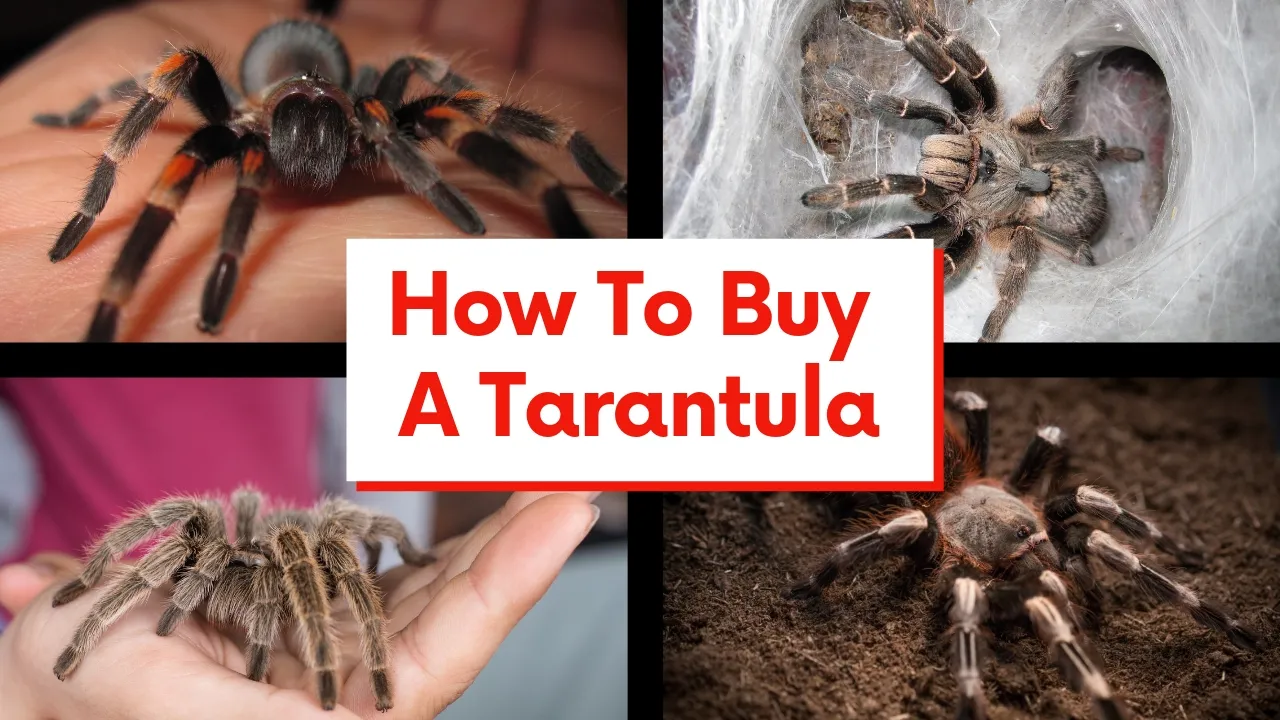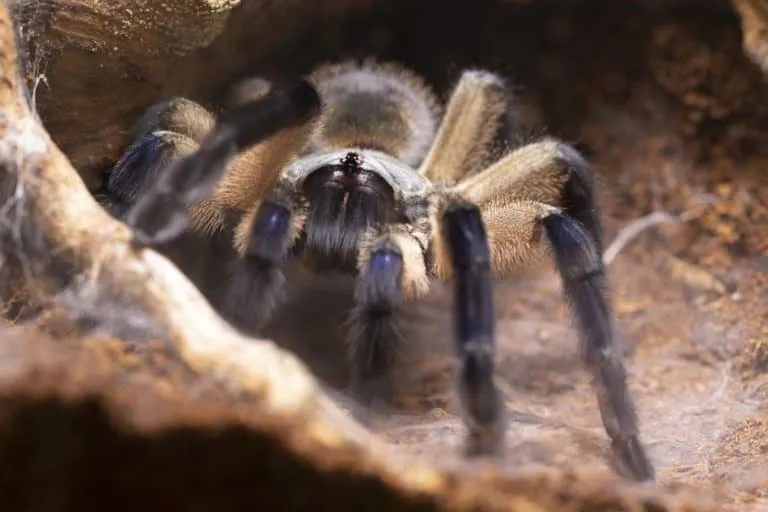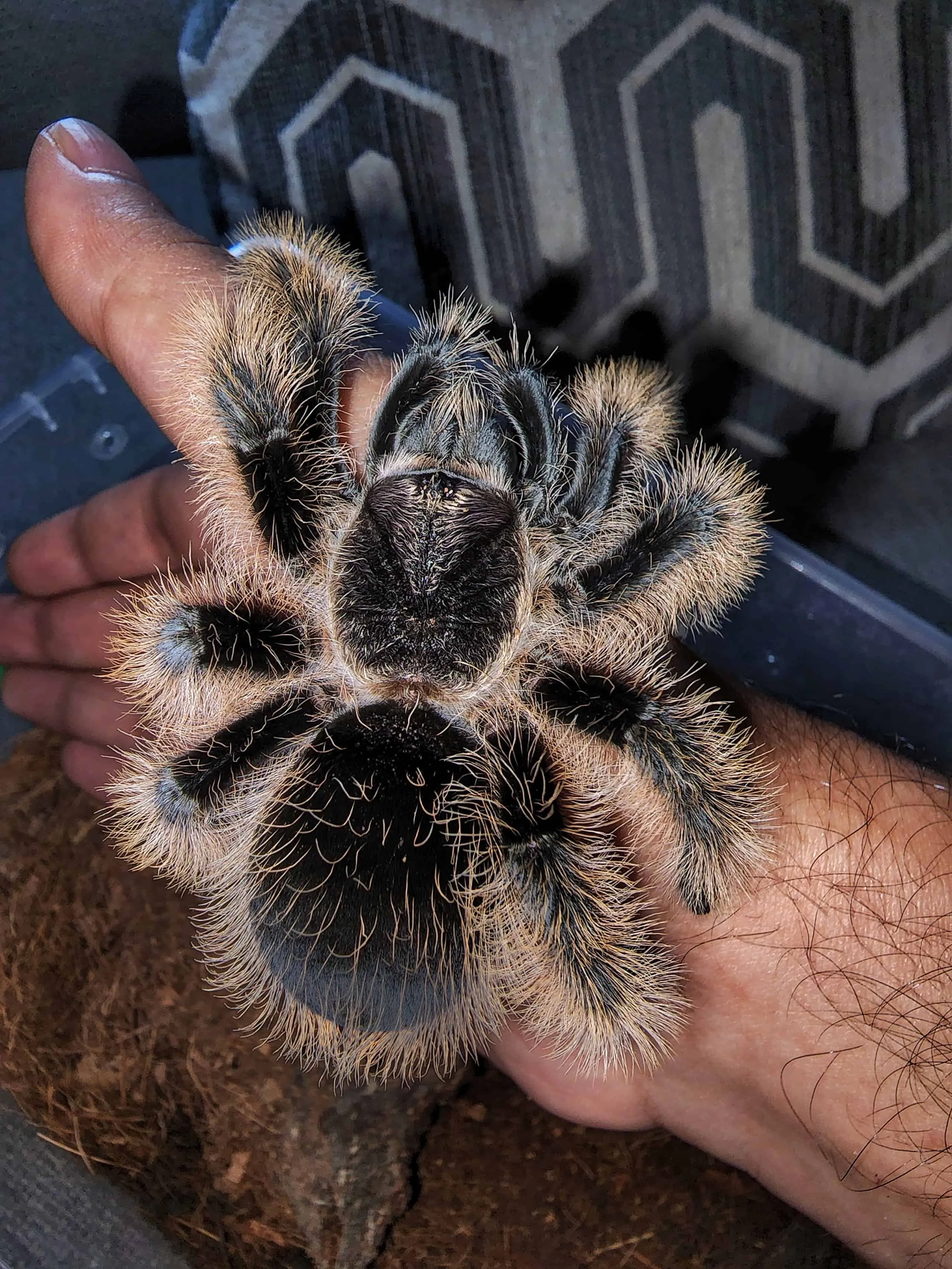Understanding Tarantula Prices
The world of tarantulas is fascinating, and for prospective owners, understanding tarantula prices is a crucial first step. Tarantula prices are not static; they fluctuate based on a variety of factors, making it important to be informed before you begin your search for the perfect eight-legged pet. This comprehensive guide will explore the intricacies of tarantula pricing, helping you navigate the market and make informed decisions. From the common and affordable species to the rare and highly sought-after ones, we’ll break down the costs and considerations associated with owning a tarantula.
Factors Affecting Tarantula Prices
Several factors influence the price of a tarantula. The species itself is a primary determinant; rare or exotic tarantulas naturally command higher prices than more common ones. Age and size also play a role; younger tarantulas, or slings, are typically less expensive than adults. However, they require more specialized care. Another crucial factor is the tarantula’s origin. Captive-bred tarantulas are generally preferred due to their health and traceability, which can impact their price. Finally, the breeder’s reputation and the overall market demand significantly influence the cost. A reputable breeder often invests more in the tarantula’s health and well-being.
Tarantula Species and Their Prices

Tarantula prices vary greatly depending on the species. Some of the most popular and affordable species include the Chilean Rose Hair tarantula (Grammostola rosea) and the Mexican Red Knee tarantula (Brachypelma hamorii). These species are known for their docile nature and are often priced between $20 and $50. Other species, like the Cobalt Blue tarantula (Cyaneopubescens) or certain Poecilotheria species, can range from $60 to $150 or more, primarily due to their unique coloration, rarity, and more demanding care requirements. Always research the specific species to understand its care needs and typical pricing before making a purchase. Check also for the availability in your area.
Commonly Kept Tarantulas
Commonly kept tarantulas provide a great introduction to the world of arachnids. They’re typically hardy, relatively inexpensive, and readily available. The Chilean Rose Hair is famous for its docile temperament and is a great choice for beginners, usually available at $20-$40. The Mexican Red Knee, with its striking red and black markings, is another popular option. These species often adapt well to captivity and have moderate care requirements, which makes them attractive to new owners. Their prices are generally quite accessible, making the initial investment relatively low.
Less Common, More Expensive Tarantulas
Less common tarantulas, often distinguished by their exotic appearance or unique behaviors, can be a significant investment. Species like the Cobalt Blue tarantula, known for its striking blue coloration, or the more aggressive and fast-growing species command higher prices, potentially ranging from $60 to over $150. These tarantulas may also require more specialized environments, advanced care, and experienced keepers. Rare species are in great demand, so their prices are subject to market fluctuations and breeder availability. The higher price often reflects the tarantula’s scarcity and the expertise needed to care for it properly.
Buying Tarantulas What to Consider

Before purchasing a tarantula, thorough research is essential. You should learn about the specific species’ care requirements, including the appropriate enclosure size, humidity levels, and feeding habits. Consider the tarantula’s temperament and potential for handling, especially if you have experience. It’s crucial to determine if you are prepared for the commitment in time and resources. In addition to the tarantula itself, factor in the costs of a suitable habitat, substrate, heating and lighting, and of course, the food. By carefully considering these factors, you can ensure a happy and healthy life for your new pet and avoid unexpected expenses or disappointments.
Where to Buy Tarantulas
The choice of where to buy a tarantula greatly affects the price and the quality of your pet. Options include local breeders, pet stores, and online retailers. Local breeders are often preferred as they provide personalized advice and can offer better prices, plus provide the benefit of knowing the tarantula’s history. Pet stores may be convenient, but their stock may be less diverse, and prices might be higher. Online retailers can offer a wider selection, but you need to check reviews and policies carefully. Regardless of your choice, make sure the seller is reputable, and that the tarantulas appear healthy. Also, inquire about the tarantula’s origin, age, and feeding history before buying.
Online vs Local Breeders
Choosing between online vendors and local breeders involves several considerations. Local breeders often provide an opportunity to inspect the tarantula in person and receive hands-on advice. They can also offer insight into the species’ specific needs, given their own breeding experience. Online retailers provide a larger variety of species. Many online retailers will provide extensive details on the tarantulas they offer. However, you cannot see the tarantula beforehand, so you rely on pictures and descriptions. Always compare prices, read reviews, and understand shipping costs and policies before purchasing from an online source. Whether online or local, ensure the vendor has a good reputation for quality and customer service.
Additional Costs of Owning a Tarantula

Owning a tarantula involves costs beyond the initial purchase price. These ongoing expenses can significantly impact the overall cost of tarantula ownership. It is critical to budget for these additional costs to provide proper care for your pet. The costs can be roughly divided into enclosure and setup, and regular food and maintenance costs. Understanding these extra costs can help you make an informed and realistic decision about whether to own a tarantula, and they can help you budget effectively.
Enclosure and Setup Costs
Setting up a suitable enclosure is a one-time expense. A well-designed habitat provides a secure and comfortable environment for your tarantula. Enclosures vary in price, based on size and material; small tarantulas can thrive in a plastic container costing around $10-$30, while larger, more elaborate enclosures made of glass or acrylic can cost $50 or more. Additional costs include substrate (such as coconut fiber or peat moss), which costs about $10-$20 per bag, decorations (like hides and branches, roughly $10-$30), and temperature and humidity control equipment (which can range from $15 to $50, depending on the setup). The initial setup cost can be as little as $50, but for larger or more specialized habitats, expect to spend over $100.
Food and Maintenance Expenses
Tarantulas have relatively low maintenance costs compared to many other pets, but ongoing expenses for food and maintenance are unavoidable. Feeding your tarantula primarily consists of live insects like crickets, mealworms, and roaches, which can cost $10-$30 per month, depending on the tarantula’s size and feeding frequency. Substrate replacement is another recurring expense, although this can be relatively infrequent (every few months), it can add up to $10-$20. Regular cleaning and any health-related costs, like occasional vet check-ups, can add up. The long-term cost of owning a tarantula is minimal, particularly if you opt for less demanding species, yet still something to consider.
Tips for Saving Money on Tarantula Costs

Several strategies can help you manage the costs of owning a tarantula. Purchasing a younger tarantula (a ‘sling’) can be more affordable than buying a full-grown adult. Buying supplies in bulk, such as substrate, can save money. Sourcing food from local pet stores or breeders can also offer better prices than online retailers. Building your enclosure can reduce costs compared to purchasing pre-made ones. Thorough research and comparison of prices are essential. Consider the long-term costs when choosing a species and preparing your budget. Prioritizing cost-effective solutions will help you enjoy your tarantula without breaking the bank, while still ensuring its health and happiness.
